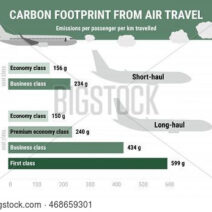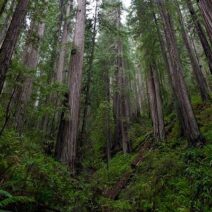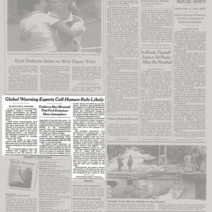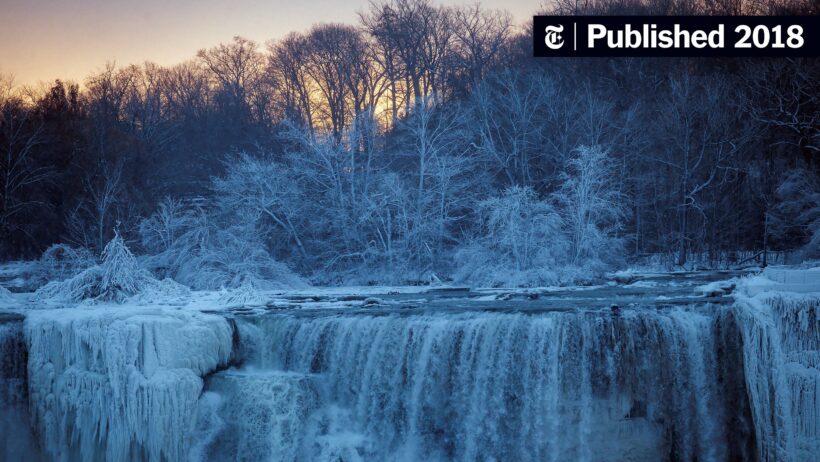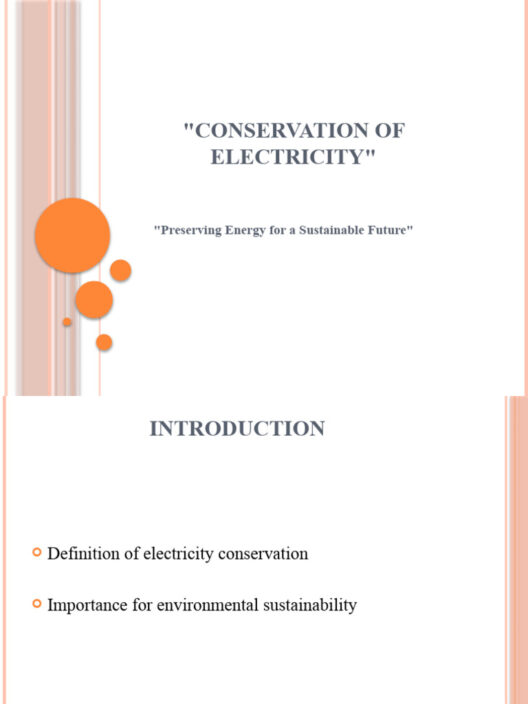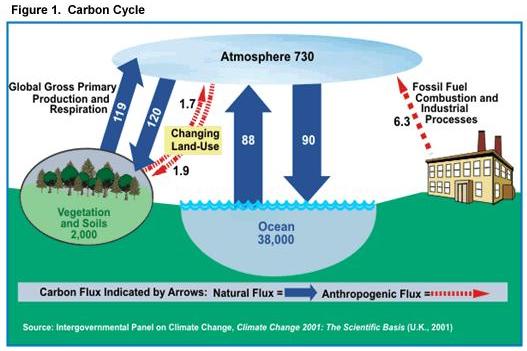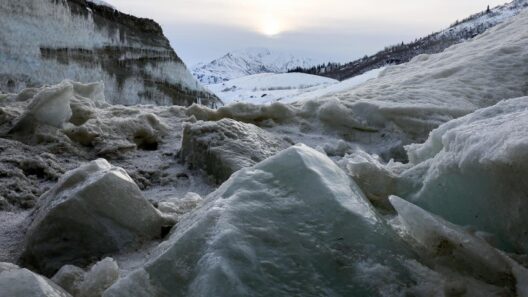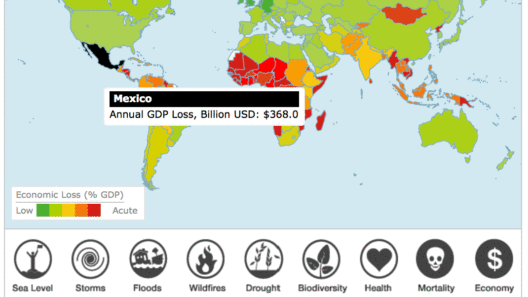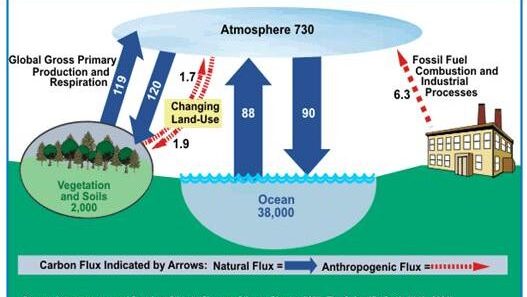The relationship between climate change and weather patterns is intricate and often counterintuitive. One prevalent misconception is that global warming equates solely to rising temperatures and less cold weather. However, an increasing body of evidence suggests that climatic shifts can lead to more extreme weather events, including severe cold snaps and intense snowfall in certain regions. This phenomenon raises an essential question: Can climate change actually cause more cold, snow, and rain?
At the core of this discussion lies the concept of the polar vortex. The polar vortex, a large area of low pressure and cold air surrounding the Earth’s poles, usually remains stable. However, climate change is poised to disrupt this equilibrium. When the Arctic warms due to climate change, it can weaken the polar vortex, leading to a fragmented state. This disintegration allows frigid air masses to escape and plunge southward into mid-latitude regions, resulting in extraordinarily cold winter weather.
One might wonder how such cold air can coexist with rising average global temperatures. The answer resides in the complexity of atmospheric dynamics. Global warming increases the capacity of the atmosphere to hold moisture, which means that warmer air can lead to increased precipitation. Therefore, while some areas may experience milder winters, others can become subjected to heavy snowstorms when cold Arctic air meets warm, moist air, leading to precipitation in the form of snow rather than rain.
Regions that traditionally experience mild winters are not exempt from this pattern. The northeastern United States, for instance, has witnessed an upsurge in snowstorms, often fueled by the interaction between cold Arctic air masses and warmer airflow from the Atlantic Ocean. A study found that while global average temperatures are rising, the likelihood of extreme winter weather events is paradoxically increasing, leading to phenomena like “bomb cyclones”—rapidly intensifying storms that bring heavy snow and fierce winds.
In addition to the polar vortex, ocean currents serve as another pivotal player in dictating weather patterns. The Atlantic Meridional Overturning Circulation (AMOC), vital for regulating climate, is undergoing shifts correlated with climate change. Should this vital current slow down significantly, it could have far-reaching consequences, including a cooling effect in regions like western Europe, while simultaneously raising sea levels along the eastern United States. The interplay of these elements highlights how interconnected our climate systems are; alterations in one area can propagate changes across the globe.
Moreover, the role of urban environments in exacerbating weather variability cannot be overstated. Urban heat islands, formed by extensive concrete and asphalt surfaces, can elevate local temperatures. As cities grow, these local warming effects can interact with broader climatic shifts to create conditions ripe for heavy precipitation. When cold fronts collide with warmer, humid conditions typical of urban locales, the result can be intensified rainfall and snowfall, leaving communities grappling with unprecedented weather challenges.
Climate change does not merely influence temperatures; it also alters seasonal patterns. Traditional expectations of when winter might commence or conclude are becoming increasingly unpredictable. This perturbation can disrupt ecosystems, agriculture, and water supply systems, resulting in a cascade of challenges that go beyond immediate impacts. For example, farmers may struggle in determining optimal planting schedules due to unpredictability in frost dates and rainfall patterns.
The ramifications of increased cold precipitation extend beyond immediate weather disruptions. Flooding caused by heavy rain or rapid snowmelt can lead to significant environmental degradation, impacting water quality and harming wildlife habitats. Moreover, an uptick in winter storms can lead to increased infrastructural damage, which necessitates costly repairs and adjustments, straining local economies and diverting resources from other essential services.
A crucial area of concern is the feedback loop created by warming temperatures. As glaciers and ice sheets melt, they provide freshwater influxes to the ocean, which can disrupt existing water currents. This melting also contributes to rising sea levels, exacerbating flooding risks in coastal areas. The destabilization of these large ice masses can influence atmospheric circulation patterns further, perpetuating a cycle of unpredictable weather phenomena that includes intensified winter storms. The interactions between the atmosphere, oceans, and ice contribute to the complexity of weather systems, illustrating the centrality of the climate crisis in understanding these phenomena.
To approach a resolution of these interconnected issues, understanding and mitigating climate change requires a concerted global effort. Stakeholders—governments, businesses, and individuals—must prioritize climate resilience and sustainability. Investment in renewable energy sources, improvement in infrastructure, and adoption of innovative agricultural practices are just a few avenues to address underlying causes. Furthermore, engaging in restoration projects for ecosystems can bolster natural defenses against extreme weather events.
In conclusion, while climate change predominantly signifies an overarching trend towards warming, its nuanced effects include the potential for increased instances of severe cold, snow, and rain. The intricate dynamics involve various atmospheric mechanisms, ocean currents, and local environmental factors, creating a tapestry of climate variability that challenges conventional wisdom. Adapting to this changing climate requires urgent action, foresight, and collaboration across all sectors of society to mitigate future risks and safeguard our planet for generations to come.
